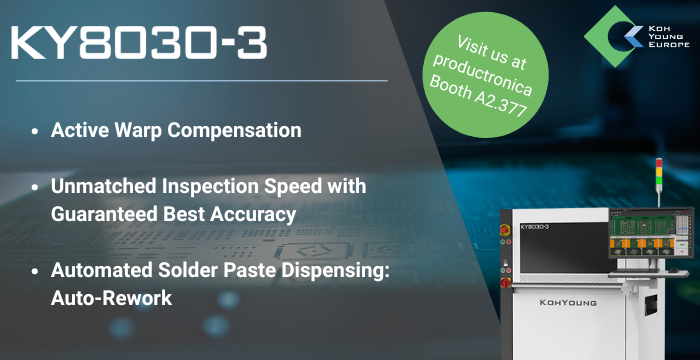
© ra2studio dreamstime.com
Analysis |
Potential scale of micro-LED market could reach USD 30~40bn
Following LCD and OLED, micro-LED is now one of the next-generation display technologies that are in the spotlight.
Besides companies working in the global display supply chain, major technology brands including Apple and Sony are increasingly involved in the development of micro-LED as they are drawn to its possibilities.
Currently, those that are engaged in this field aim to bring down the production cost. The latest research from LEDinside, a division of TrendForce, finds that the potential scale of the future micro-LED market – one that would replace the entire current LCD display chain including BLU, polarizer and other components – could reach US$30~40 billion.
Roger Chu, research director of LEDinside, said that it is still too early to determine the size of the micro-LED market because of differences among specification standards and manufacturing techniques. There are a lot uncertainties related to the size of micro-LED chips, driver solutions and the mass transfer processes. “At the same time, the scale of the micro-LED market is potentially enormous if this technology is going to replace LCD and all its related components,” Chu noted.
Looking at activities of major interested parties, Sony has made a significant step in the commercialization of the technology with its CLEDIS (Crystal LED Integrated Structure) displays. The latest CLEDIS display that was shown at this year’s CES performed impressively across all important indicators including resolution, brightness and contrast.
Still, the manufacturing cost of micro-LED-based products on average can be three to four times as much as products based on traditional display technologies, according to LEDinside’s analysis. Therefore, developers of micro-LED displays will have to devise effective cost-cutting (or yield-raising) solutions in chip production and mass transfer. At the same time, they also need to consider the additional values that can be extracted out this technology and the related manufacturing processes. Taking account of the various challenges, LEDinside believes that it will take around three to five years before micro-LED display products can replace the current generation of LCD counterparts.
Roger Chu pointed to mass transfer as the most difficult technology bottleneck that prevents the general production cost of micro-LEDs from going down. “Creating mass transfer solutions requires efforts across different industries including LED, semiconductor devices and the entire display supply chain,” said Chu. “Also, new solutions could lead to different specifications for processing equipment, testing equipment, chip products, raw materials and etc. New specification standards will raise the technology barrier for market entrants. The need for cross-industry collaboration will also prolong the R&D period for developers of micro-LED displays."
In addition to cost reduction efforts, entrants in the micro-LED display market will need to generate additional value for the technology. “Once established, mass transfer solutions may be used to pick and place LEDs or electronic components of similar sizes – take sensor chips for example,” said Chu. “Micro-LED itself has a lot of potentials and could one day shine in lots of applications including VR devices, AR projection, optical sensors and fingerprint recognition.”
-----
Read more at Trendforce.



